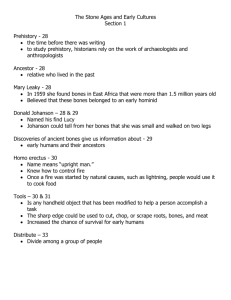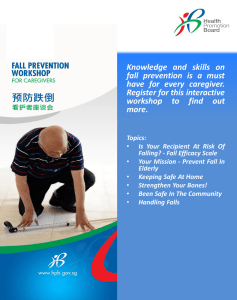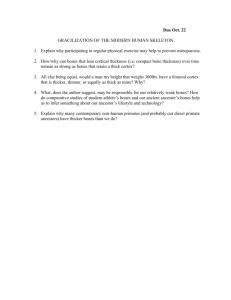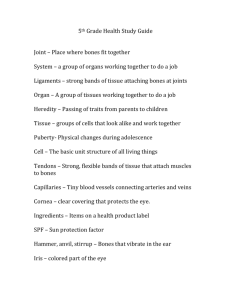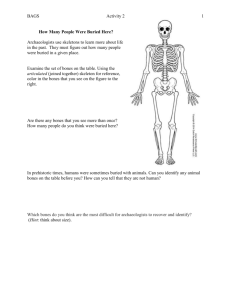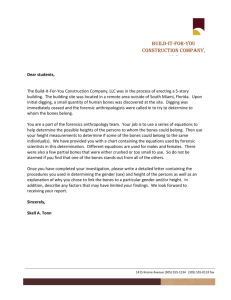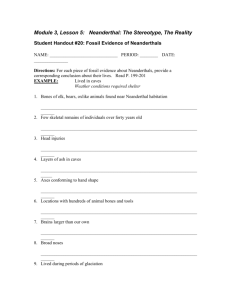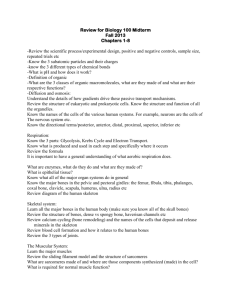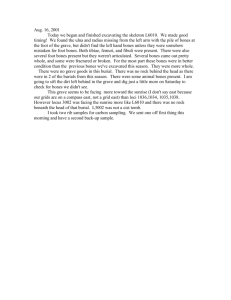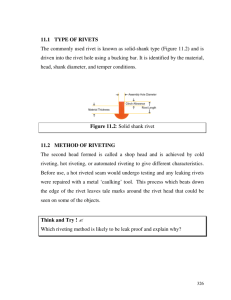Guts and Bones
advertisement
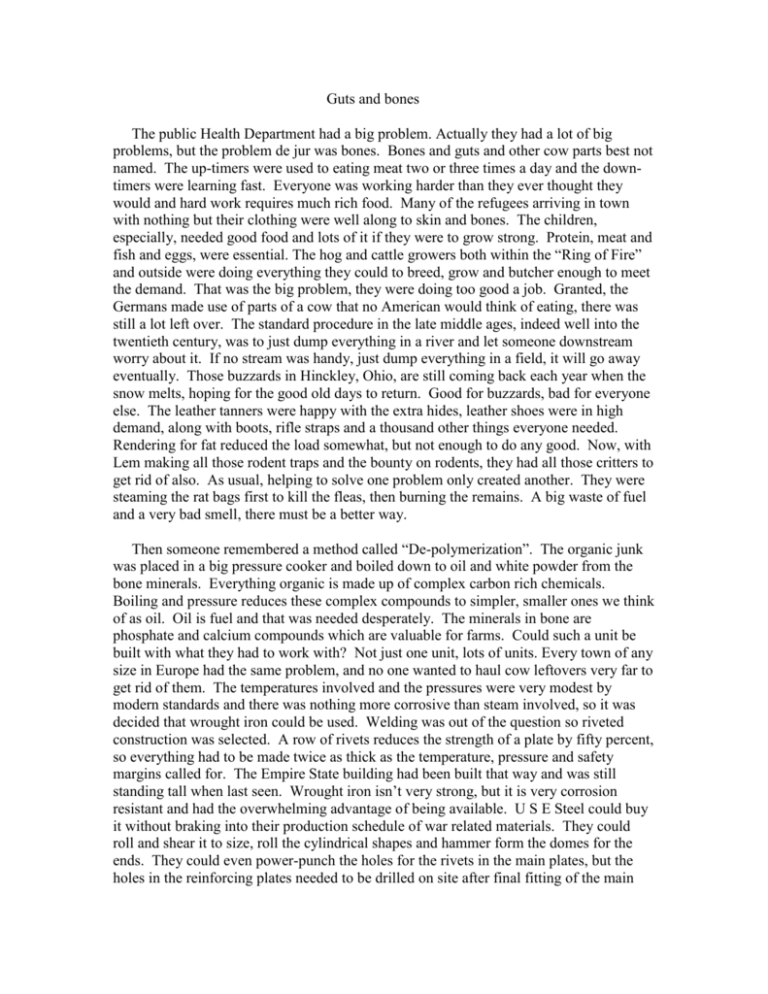
Guts and bones The public Health Department had a big problem. Actually they had a lot of big problems, but the problem de jur was bones. Bones and guts and other cow parts best not named. The up-timers were used to eating meat two or three times a day and the downtimers were learning fast. Everyone was working harder than they ever thought they would and hard work requires much rich food. Many of the refugees arriving in town with nothing but their clothing were well along to skin and bones. The children, especially, needed good food and lots of it if they were to grow strong. Protein, meat and fish and eggs, were essential. The hog and cattle growers both within the “Ring of Fire” and outside were doing everything they could to breed, grow and butcher enough to meet the demand. That was the big problem, they were doing too good a job. Granted, the Germans made use of parts of a cow that no American would think of eating, there was still a lot left over. The standard procedure in the late middle ages, indeed well into the twentieth century, was to just dump everything in a river and let someone downstream worry about it. If no stream was handy, just dump everything in a field, it will go away eventually. Those buzzards in Hinckley, Ohio, are still coming back each year when the snow melts, hoping for the good old days to return. Good for buzzards, bad for everyone else. The leather tanners were happy with the extra hides, leather shoes were in high demand, along with boots, rifle straps and a thousand other things everyone needed. Rendering for fat reduced the load somewhat, but not enough to do any good. Now, with Lem making all those rodent traps and the bounty on rodents, they had all those critters to get rid of also. As usual, helping to solve one problem only created another. They were steaming the rat bags first to kill the fleas, then burning the remains. A big waste of fuel and a very bad smell, there must be a better way. Then someone remembered a method called “De-polymerization”. The organic junk was placed in a big pressure cooker and boiled down to oil and white powder from the bone minerals. Everything organic is made up of complex carbon rich chemicals. Boiling and pressure reduces these complex compounds to simpler, smaller ones we think of as oil. Oil is fuel and that was needed desperately. The minerals in bone are phosphate and calcium compounds which are valuable for farms. Could such a unit be built with what they had to work with? Not just one unit, lots of units. Every town of any size in Europe had the same problem, and no one wanted to haul cow leftovers very far to get rid of them. The temperatures involved and the pressures were very modest by modern standards and there was nothing more corrosive than steam involved, so it was decided that wrought iron could be used. Welding was out of the question so riveted construction was selected. A row of rivets reduces the strength of a plate by fifty percent, so everything had to be made twice as thick as the temperature, pressure and safety margins called for. The Empire State building had been built that way and was still standing tall when last seen. Wrought iron isn’t very strong, but it is very corrosion resistant and had the overwhelming advantage of being available. U S E Steel could buy it without braking into their production schedule of war related materials. They could roll and shear it to size, roll the cylindrical shapes and hammer form the domes for the ends. They could even power-punch the holes for the rivets in the main plates, but the holes in the reinforcing plates needed to be drilled on site after final fitting of the main plates. Clay bricks for insulation and outlets for the oil and phosphate compounds and a big man hole on top for loading finished off the ugly monster. No modern temperature controls were available or needed. Load up the tank with garbage and water and start heating slowly, the pressure relief valve will tell you if you are heating too much. When you think the reaction is finished, tap out a little of the oil, if it is clear, the reaction is done. Cool the unit down, drain off the values created and refill. 1632 technology and 2000 knowledge used together to solve a problem which would plague up-timers for another 300 years. Chuck Dohogne
